Grow Lettuce in Small Pots: Your Guide to a Bountiful Harvest
Grow lettuce in small pots? It sounds almost too easy, doesn’t it? But trust me, this simple technique can unlock a world of fresh, delicious lettuce right on your doorstep, even if you have limited space. I’ve always loved the crisp crunch of homegrown lettuce, but for years, I thought I needed a sprawling garden to achieve it. Then I discovered the joy of growing lettuce in small pots, and it completely changed my gardening game!
The history of lettuce cultivation is fascinating, stretching back thousands of years to ancient Egypt and beyond. While grand, sprawling farms certainly play a role in our lettuce supply, there’s something incredibly rewarding about nurturing your own plants from seed to salad. This DIY approach connects us to our food in a way that mass-produced lettuce simply can’t.
Why Grow Lettuce in Small Pots?
In today’s busy world, we often crave convenience and efficiency. Growing lettuce in small pots offers precisely that. It’s perfect for apartment dwellers, balcony gardeners, or anyone with limited outdoor space. No more struggling with large, unwieldy plants! Plus, you’ll have the satisfaction of knowing exactly where your food comes from, without pesticides or long transportation routes. This method allows for easy harvesting, too; simply snip off what you need when you need it, leaving the rest to continue growing.
This article will guide you through the process of growing lettuce in small pots, from selecting the right seeds and pots to harvesting your delicious, homegrown crop. Get ready to experience the satisfaction of growing lettuce in small pots and enjoy the freshest, tastiest salads you’ve ever had!
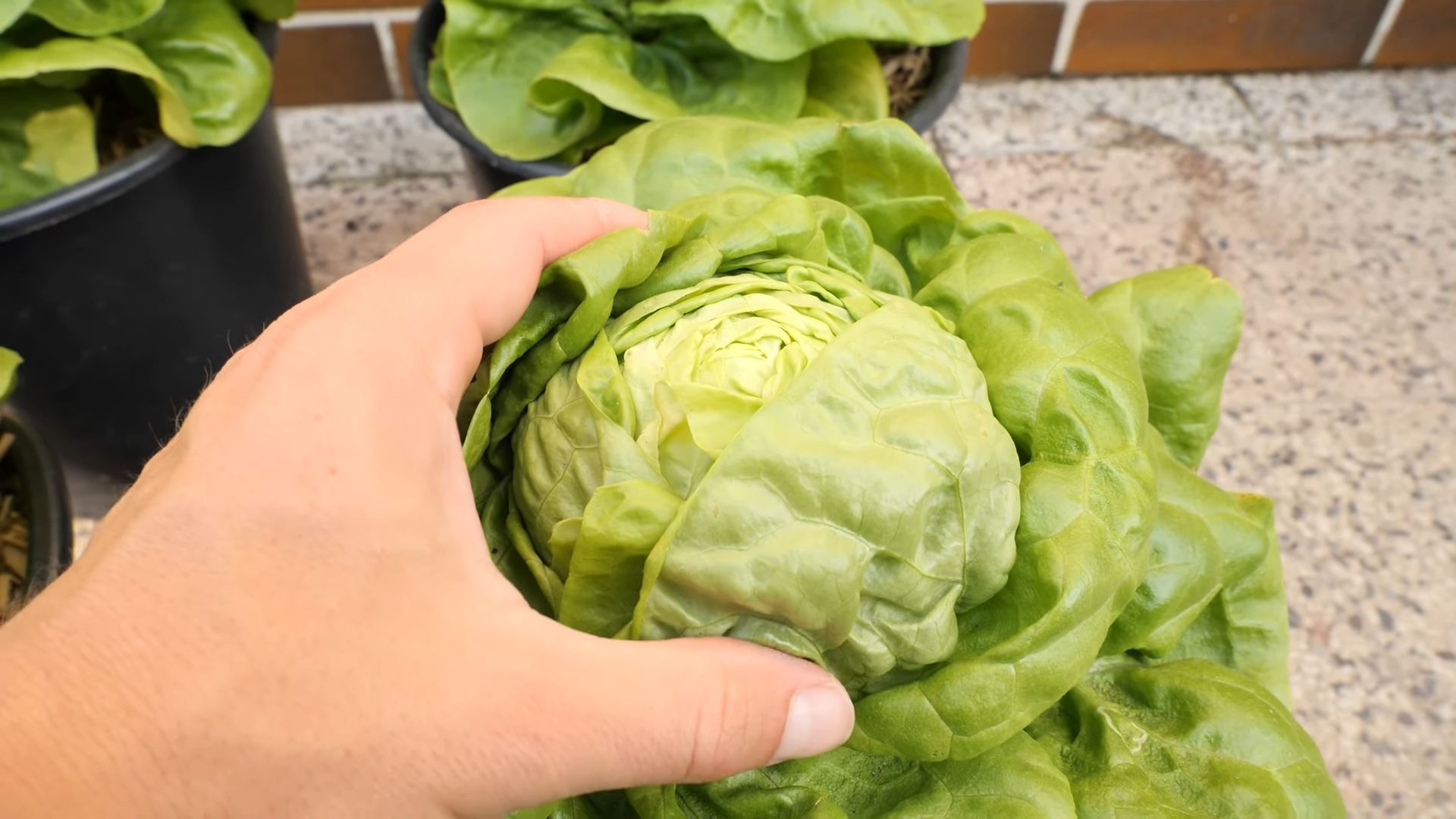
Growing Lettuce in Small Pots: A Beginner’s Guide
I love fresh lettuce, but grocery store prices can be a bit steep. That’s why I decided to try growing my own in small pots! It’s surprisingly easy, and you’ll be amazed at the delicious, homegrown lettuce you can harvest. This guide will walk you through the entire process, from seed to salad.
Choosing Your Pots and Supplies
- Pot Size: I recommend pots that are at least 6 inches in diameter and 6 inches deep. Smaller pots will work, but you’ll need to water more frequently. Larger pots are also fine, just remember that you’ll need more soil.
- Pot Material: Terracotta, plastic, or even recycled containers work well. Just make sure they have drainage holes to prevent soggy soil, which can lead to root rot.
- Soil: Use a high-quality potting mix. Avoid using garden soil, as it can be too heavy and compact for containers. Look for a mix specifically designed for vegetables or herbs.
- Seeds: Choose lettuce varieties that are suitable for container gardening. Loose-leaf lettuces are generally easier to grow in pots than head lettuces. Check the seed packet for information on spacing and germination time.
- Watering Can: A watering can with a rose head will help you gently water your seedlings without disturbing the soil.
- Optional: A small trowel or spoon for planting seeds, and a small hand rake for leveling the soil.
Step-by-Step Planting Instructions
- Prepare the Pots: Fill your pots with the potting mix, leaving about half an inch of space from the top. Gently firm the soil with your fingers or a small hand rake to create a level surface.
- Plant the Seeds: Follow the spacing recommendations on your seed packet. Generally, you’ll want to sow seeds about ½ inch deep and 1-2 inches apart. If you’re using larger seeds, you might need to plant them a bit deeper. For smaller seeds, you can gently press them into the soil surface.
- Water Gently: After planting, gently water the soil using your watering can. Make sure the soil is evenly moist but not waterlogged. Avoid overwatering, which can lead to damping off (a fungal disease that kills seedlings).
- Provide Light: Place your pots in a sunny location. Lettuce needs at least 6 hours of sunlight per day to thrive. A south-facing windowsill or a sunny patio is ideal. If you don’t have enough sunlight, you can supplement with grow lights.
- Maintain Moisture: Check the soil moisture daily. Water when the top inch of soil feels dry to the touch. Avoid letting the soil completely dry out, as this can stress the plants and affect their growth.
- Thinning (if necessary): Once your seedlings have developed a few true leaves (the leaves that appear after the cotyledons, or seed leaves), you may need to thin them out. This means removing some of the seedlings to give the remaining plants more space to grow. Carefully pull out the weaker seedlings, leaving the strongest ones spaced according to the seed packet instructions.
Caring for Your Lettuce
Once your lettuce seedlings are established, you’ll need to continue providing them with the right care to ensure a bountiful harvest.
- Watering: Consistent watering is crucial. Water deeply but infrequently, allowing the soil to dry slightly between waterings. The frequency of watering will depend on the weather and the type of pot you’re using. Terracotta pots dry out faster than plastic pots.
- Fertilizing: Lettuce is a relatively light feeder, but you can give it a boost with a balanced liquid fertilizer every couple of weeks. Follow the instructions on the fertilizer label carefully, as over-fertilizing can harm your plants.
- Pest and Disease Control: Regularly inspect your lettuce plants for pests such as aphids or slugs. If you find any pests, you can try removing them by hand or using an insecticidal soap. Good air circulation can help prevent fungal diseases.
- Harvesting: You can start harvesting your lettuce when the leaves are large enough to eat. For loose-leaf lettuces, you can simply pick the outer leaves as needed, allowing the inner leaves to continue growing. For head lettuces, you’ll harvest the entire head once it reaches maturity.
Troubleshooting Common Problems
Leggy Seedlings
If your seedlings are tall and spindly, it’s likely due to insufficient light. Move your pots to a sunnier location or supplement with grow lights.
Yellowing Leaves
Yellowing leaves can indicate several problems, including overwatering, underwatering, or nutrient deficiencies. Check the soil moisture and adjust your watering schedule accordingly. If the problem persists, consider fertilizing your plants.
Pests
Common lettuce pests include aphids, slugs, and snails. Inspect your plants regularly and take action to remove any pests you find. You can use insecticidal soap or other organic pest control methods.
Diseases
Fungal diseases can be a problem, especially in humid conditions. Ensure good air circulation around your plants and avoid overwatering.
Harvesting Your Lettuce
One of the best parts of growing your own lettuce is harvesting it! For loose-leaf varieties, you can harvest leaves as needed, simply snipping them off at the base. This allows the plant to continue producing new leaves. For head lettuces, you’ll harvest the entire head once it’s reached maturity, usually indicated by a firm, tightly packed head.
Remember to always wash your lettuce thoroughly before eating it. Enjoy the fruits (or should I say, leaves!) of your labor!
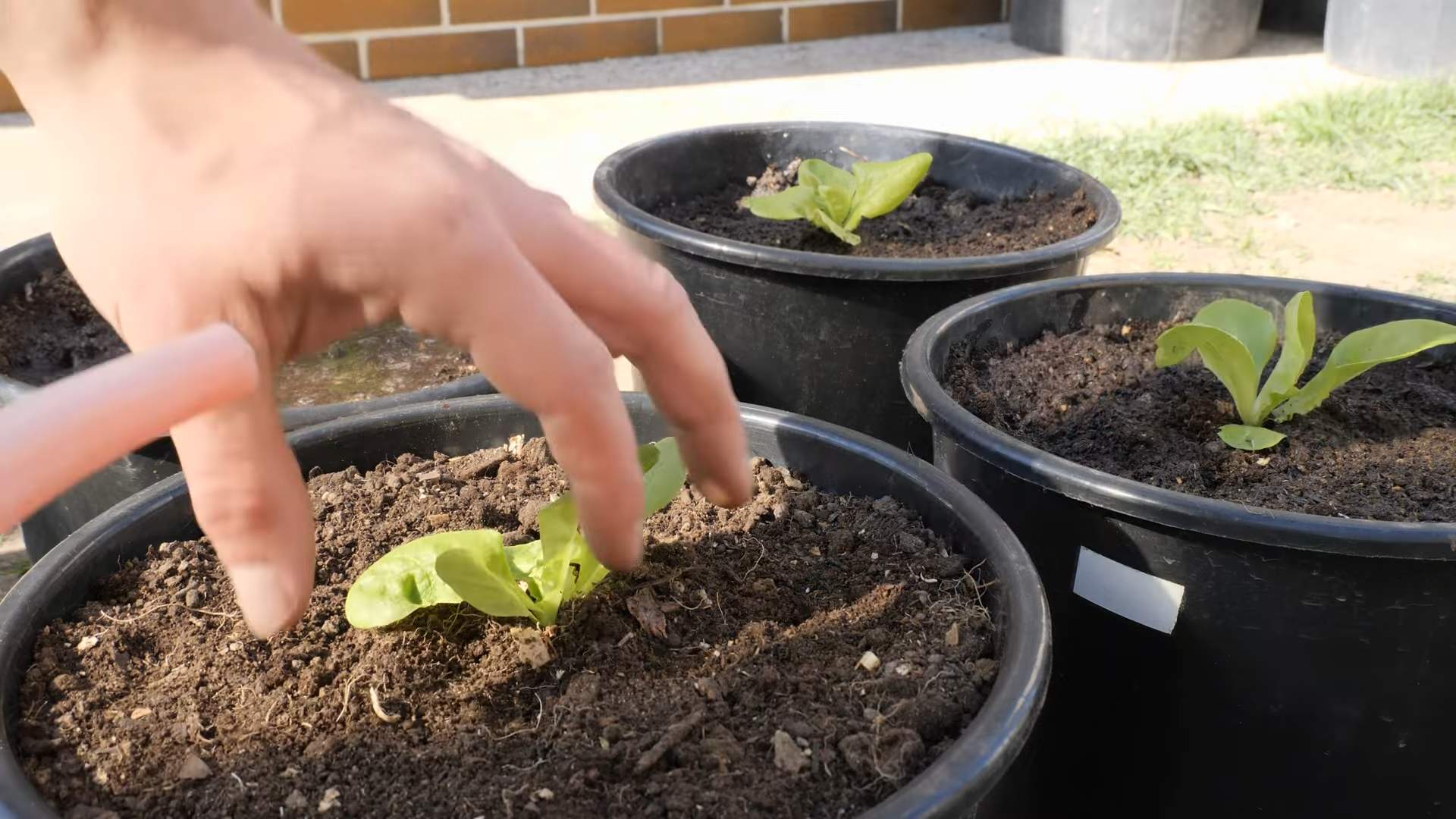
Conclusion
So there you have it! Growing your own lettuce in small pots is a surprisingly rewarding and simple process. This DIY trick offers a wealth of benefits, from enjoying incredibly fresh, flavorful lettuce to reducing your grocery bill and minimizing your environmental impact. The ease of this method makes it perfect for even the most novice gardeners, and the satisfaction of harvesting your own homegrown greens is unparalleled. You’ll be amazed at how quickly you can go from seed to salad! This method allows you to enjoy a continuous harvest throughout the growing season, ensuring a constant supply of crisp, delicious lettuce for your salads, sandwiches, and more. Beyond the taste and convenience, growing your own lettuce fosters a deeper connection with your food and the natural world. It’s a truly fulfilling experience that the whole family can enjoy.
Beyond the basic method outlined, there are numerous ways to customize your small-pot lettuce garden. Experiment with different lettuce varieties – from loose-leaf to butterhead to romaine – to discover your favorites. Consider using different types of small pots, such as terracotta, plastic, or even repurposed containers. Just ensure they have adequate drainage holes to prevent root rot. You can also explore companion planting, incorporating herbs like basil or chives into your pots to enhance the flavor and deter pests. For those with limited sunlight, consider using grow lights to supplement natural light, especially during the shorter days of fall and winter. This will ensure healthy growth and a bountiful harvest regardless of your location or the season. Furthermore, you can experiment with different growing mediums, such as a well-draining potting mix or even a hydroponic system for faster growth and increased yields. The possibilities are truly endless!
We strongly encourage you to try this simple and effective method of growing lettuce in small pots. It’s a fantastic way to add a touch of green to your kitchen or balcony, and the fresh, homegrown lettuce will elevate your culinary creations to a whole new level. Share your experience with us! We’d love to see pictures of your thriving lettuce plants and hear about your successes (and any challenges you overcome). Use the hashtag #GrowLettuceSmallPots on social media to connect with other gardening enthusiasts and share your tips and tricks. Let’s build a community of home gardeners, inspiring each other to grow our own food and enjoy the fruits (or should we say, leaves?) of our labor. Remember, even a small space can yield a big harvest, and the journey of growing your own food is as rewarding as the delicious results. So grab some seeds, some pots, and get started on your own small-pot lettuce adventure today! You won’t regret it!
Frequently Asked Questions
What type of lettuce is best for growing in small pots?
Many lettuce varieties thrive in small pots. Loose-leaf lettuces are generally excellent choices due to their compact growth habit. Butterhead and some smaller romaine varieties also work well. Avoid larger, spreading varieties that require more space.
How much sunlight do lettuce plants need?
Lettuce prefers at least six hours of sunlight per day. However, some varieties tolerate partial shade, especially during the hottest part of the day. If you have limited sunlight, consider supplementing with grow lights, particularly during the winter months.
How often should I water my lettuce plants?
Keep the soil consistently moist but not waterlogged. Water thoroughly when the top inch of soil feels dry. The frequency will depend on factors like temperature, sunlight, and pot size. Check the soil moisture regularly to avoid overwatering or underwatering.
What kind of soil is best for growing lettuce in small pots?
Use a well-draining potting mix specifically formulated for vegetables or herbs. Avoid using garden soil directly from your yard, as it may contain pests or diseases. A good quality potting mix will provide the necessary nutrients and aeration for healthy growth.
What are some common problems when growing lettuce in small pots and how can I solve them?
Pests: Slugs and aphids are common lettuce pests. Use organic pest control methods like diatomaceous earth or insecticidal soap. Diseases: Root rot can occur if the soil is too wet. Ensure good drainage and avoid overwatering. Bolting: Lettuce bolts (goes to seed) when exposed to hot temperatures. Provide shade during the hottest part of the day or choose heat-tolerant varieties.
Can I use recycled containers for growing lettuce?
Absolutely! Repurposed containers like yogurt cups, plastic bottles (with drainage holes), or even clean tin cans can work well. Just make sure they have adequate drainage holes to prevent waterlogging.
How long does it take to harvest lettuce grown in small pots?
The time to harvest depends on the lettuce variety and growing conditions. Loose-leaf lettuces can be harvested in as little as 4-6 weeks, while other varieties may take longer. You can begin harvesting outer leaves as they mature, allowing the inner leaves to continue growing.
What should I do with my harvested lettuce?
Enjoy it immediately in salads, sandwiches, or as a garnish. You can also store it in the refrigerator for a few days in a plastic bag or container lined with paper towels to absorb excess moisture. For longer storage, consider freezing it.
Can I grow lettuce in small pots year-round?
In warmer climates, you can grow lettuce year-round with proper care and potentially supplemental lighting during shorter days. In colder climates, you may need to grow lettuce indoors or in a greenhouse during the winter months. Consider using grow lights to supplement natural light during the winter.
Is growing lettuce in small pots suitable for beginners?
Absolutely! This method is incredibly beginner-friendly. It’s a great way to gain gardening experience and enjoy fresh, homegrown produce without a large garden space or extensive gardening knowledge. The small scale makes it easy to manage and learn from any mistakes along the way.

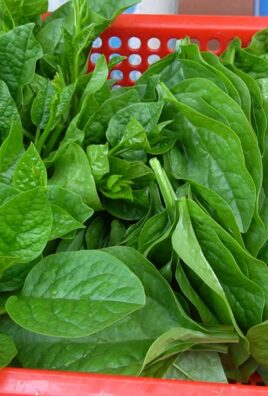
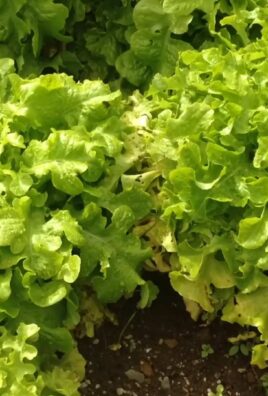
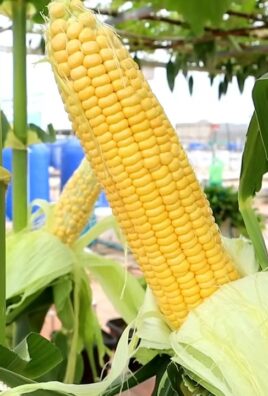
Leave a Comment